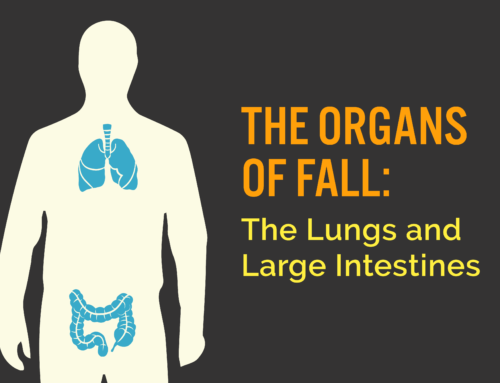When I saw the new Magnesium-based products we have on the retail shelves at the Mend clinics, I was so excited. Magnesium supplementation is one of my most frequent suggestions to patients for a variety of reasons, and topical magnesium is an incredible tool to add to your self-care routine, especially in the heat of summer.
What is magnesium? How is it used in the body?
Magnesium is the 8th most common element found on the planet earth, and in nature it is always found combined with other elements, never in pure form. You’ll find magnesium involved in the formation of several minerals, and a single atom of Mg in the center of the chlorophyll molecule, which allows plant species to do photosynthesis to turn sunlight into energy. This podcast gives a brief, fun overview of some other uses of Magnesium.
In the human/animal body, magnesium is required for numerous cellular processes that are required for healthy functioning. To quote an article in the journal “Nutrients“:
Magnesium has been recognized as a cofactor for more than 300 enzymatic reactions, where it is crucial for adenosine triphosphate (ATP) metabolism. Magnesium is required for DNA and RNA synthesis, reproduction, and protein synthesis. Moreover, magnesium is essential for the regulation of muscular contraction, blood pressure, insulin metabolism, cardiac excitability, vasomotor tone, nerve transmission and neuromuscular conduction. Imbalances in magnesium status…might result in unwanted neuromuscular, cardiac or nervous disorders” (Gröber et al, 2017)
Without sufficient magnesium in the bloodstream, multiple processes that are essential are limited. Magnesium is also involved in the synthesis and absorption of Vitamin D and parathyroid hormone, which have far-ranging effects throughout the body.
Magnesium and summer.
In addition to managing muscle and nerve function, blood sugar levels, and blood pressure, as well as many other bodily functions, magnesium has been shown to help with regulating body temperature (Stendig-Lindberg et al, 1998). Unfortunately, during the summer we are more likely to incur a magnesium deficiency due to an increased loss of the mineral through sweat. This is why it is so important to keep magnesium levels in check during the hottest season of the year.
What can magnesium supplementation address?
Magnesium deficiency is extremely common in the Western diet due to “the consumption of processed foods, demineralized water, and agricultural practices using soil deficient in magnesium for growing food” (Al Alawi et al 2018). Taking oral magnesium has long been clinically recommended for a variety of complaints including:
- Hypertension
- Insomnia
- Anxiety
- Irritability/overactive startle reflex
- Diabetes
- Metabolic Syndrome
- Headache
- Muscle pain and spasm
- Osteoporosis
How to use magnesium topically.
While taking magnesium orally has been shown to address low serum magnesium, there’s also anecdotal and some data-based evidence for magnesium exposure to the skin being useful to address the deficiency (Gröber et al, 2017). This follows the tradition from many cultures of bathing in mineralized hot springs for restorative and curative purposes. Epsom salts (magnesium sulfate) were discovered in England in the 1600s and are now sold in drugstores everywhere.
If you’re looking for a more luxurious way to absorb that delicious relaxation that comes from an epsom salt bath, we have two new retail products in all three clinics:

Essentials by Nature Green Tea and Cucumber Bath Soak makes an amazing healing stew in your bathtub. The cucumber, lemon balm and citrus extracts provide a cooling sensation, even in warm water, that is very welcome this time of year. $15.

Essentials by Nature Magnesium Spray is a great item to keep in your bag or on your dresser for in-the-moment relief from muscle pain, headache, or tension. Magnesium chloride plus marjoram, frankincense, rosemary and lavender essential oils spray on clear and without residue. I love to spray this on the back of my neck after a stressful day, on my wrists if I feel some tendonitis/carpal tunnel sensation in my inner arms, and on my feet after a long walk. $10
References
Al Alawi, A. M., Majoni, S. W., & Falhammar, H. (2018). Magnesium and Human Health: Perspectives and Research Directions. International Journal of Endocrinology, 2018, 9041694. https://doi.org/10.1155/2018/9041694
Gröber, U., Werner, T., Vormann, J., & Kisters, K. (2017). Myth or Reality-Transdermal Magnesium?. Nutrients, 9 (8), 813. https://doi.org/10.3390/nu9080813





